
Scientific name
Urtica dioica, Urtica urens
Family
Urticaceae
Origin
Perennial herbaceous plant, native to western Asia and Africa, present today in all temperate regions of the world
Parts Used
Drug consisting of leaves and roots. In folk medicine, nettle root preparations were used as diuretics, astringents and for gargling.
Chemical constituents
The chemical constituents of nettle leaves are:
- Flavonoids;
- Silicic acid;
- Mineral salts (in particular calcium and potassium salts);
- Nitrates;
- Essential oil;
- Trace elements;
- Derivatives of caffeic acid;
- Vitamins;
- Carotenoids.
The chemical constituents of nettle roots, on the other hand, are:
- Phytosterols;
- Lectins;
- Polysaccharides;
- Lignans;
- Hydroxycoumarins;
- Ceramides.
Nettle in Herbalist: Property of the Nettle
The extracts of nettle leaves are used for diuretic and anti-inflammatory purposes, and several clinical trials confirm these activities; as regards the diuretic action, they are indicated as a phytotherapeutic aid in the conditions of water retention and gravel, while for anti-inflammatory purposes they are useful in painful syndromes of the periarticular, musculotendinous and osteoarticular tissues.

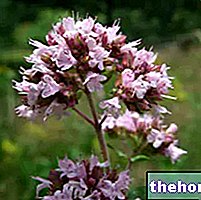
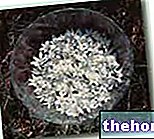
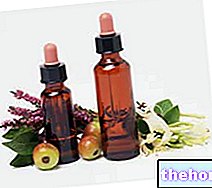
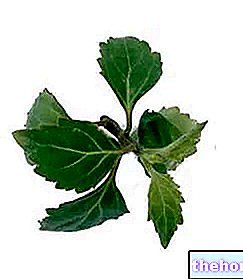
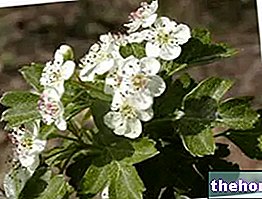
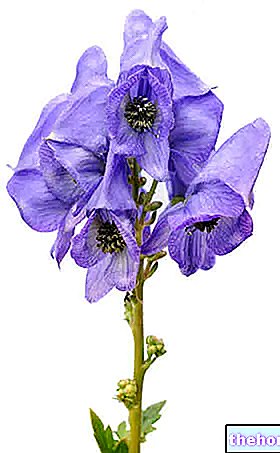
















-nelle-carni-di-maiale.jpg)




